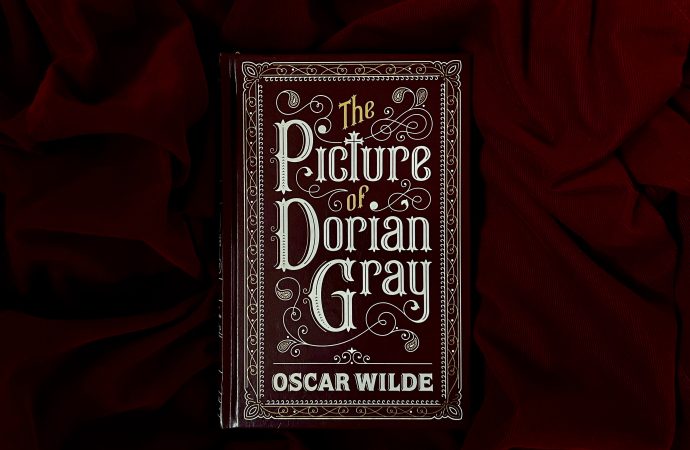Oscar Wilde’s classic novel, The Picture of Dorian Gray, is a dark and unsettling tale of vanity, morality, and corruption. Set in Victorian England, the story revolves around the life of the charming and wealthy Dorian Gray, whose youthful beauty and naivety make him a prime target for manipulation. The novel opens with Dorian Gray
Oscar Wilde’s classic novel, The Picture of Dorian Gray, is a dark and unsettling tale of vanity, morality, and corruption. Set in Victorian England, the story revolves around the life of the charming and wealthy Dorian Gray, whose youthful beauty and naivety make him a prime target for manipulation.
The novel opens with Dorian Gray sitting for a portrait painted by the talented artist Basil Hallward. It is here that he meets Lord Henry Wotton, a cynical and hedonistic aristocrat who becomes Dorian’s mentor and guide. Lord Henry’s influence over Dorian leads him down a path of moral decay and corruption.
Dorian soon becomes obsessed with his own beauty and youth, and he wishes that his portrait would bear the burden of aging and sin, allowing him to remain forever young and innocent. His wish is granted, and the portrait takes on the physical and moral decay that Dorian himself should be experiencing.
As Dorian indulges in a life of pleasure and excess, the portrait becomes increasingly grotesque and hideous, serving as a constant reminder of the sins he has committed. Despite this, Dorian refuses to take responsibility for his actions, instead blaming his downfall on the portrait itself.
The novel explores themes of morality, the corrupting influence of society, and the consequences of indulging in one’s desires without regard for the consequences. Through Dorian’s story, Wilde illustrates the dangers of placing too much emphasis on external appearances and the importance of moral integrity.
The Picture of Dorian Gray was initially met with controversy upon its release in 1890, with many critics denouncing it as immoral and perverse. Wilde was even put on trial and ultimately imprisoned for his homosexuality, which was considered a crime at the time. However, the novel has since become a classic of English literature, with its themes and messages still resonating with readers today.
In a world where the obsession with youth and beauty remains pervasive, The Picture of Dorian Gray serves as a cautionary tale about the dangers of valuing appearances over substance. It reminds us that true beauty comes from within and that our actions and choices have consequences, whether we acknowledge them or not.
Overall, The Picture of Dorian Gray is a timeless novel that continues to captivate readers with its themes of morality and corruption. It is a powerful reminder that our choices define who we are and that true beauty and happiness come from living a life guided by a strong moral compass.

















Leave a Comment
Your email address will not be published. Required fields are marked with *